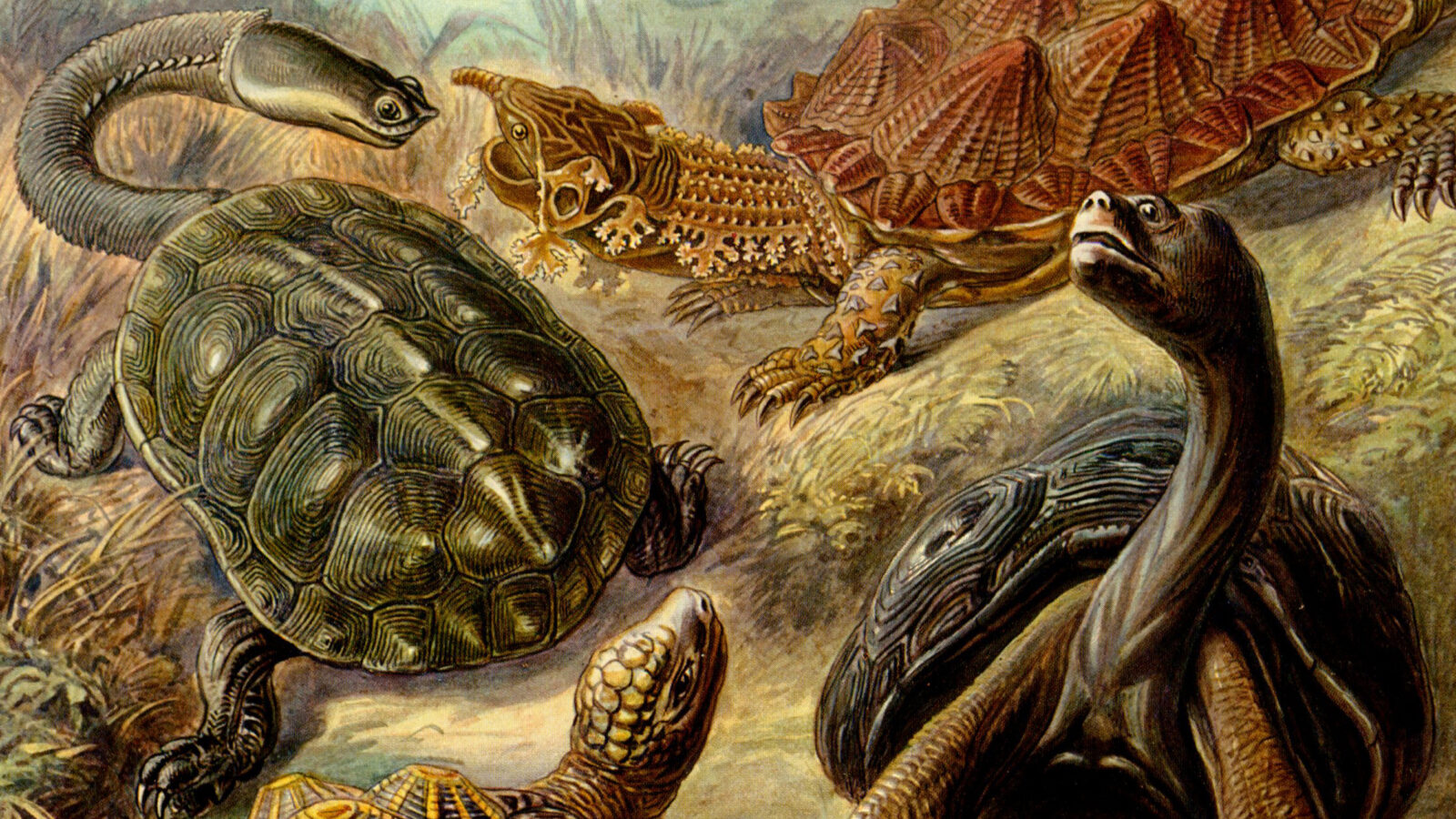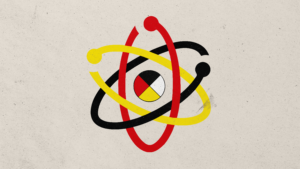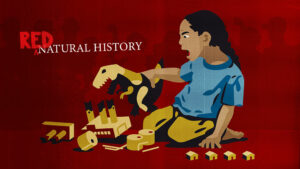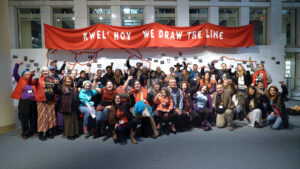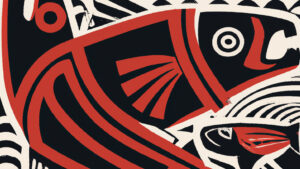As environmental emergencies intensify, more and more scholars and scientists are working directly with communities to expose the impacts of industrial pollution on public health, protect sacred items or ancestral remains in the path of proposed pipelines, and sound the alarm about the systemic causes of climate change, leveraging their expertise and institutional resources in support of our shared struggle for a world beyond extraction.
Today, we’re announcing the launch of the Red Natural History Fellowship, a new two-year program that supports this growing movement by connecting, cross-pollinating, and catalyzing collaborations among emerging and established scholars, writers, and practitioners who are working to make change in natural history fields—from critical geography to conservation science, museum practice, landscape architecture, and archaeology.
We are proud to support eight Senior Fellows in creating public scholarship and field-building (or field-pushing) initiatives that can serve to accelerate change; redress colonial and environmental harms, and advance–in both theory and practice–a vision for and version of natural history that honors generations past, and charts the path to a just future for all life on Earth.
We’re excited to introduce this group of scholar-activists as the first cohort of Red Natural History Fellows!
_________________________
Red Natural History Fellows, 2023-25
In their first act as Fellows, these leading thinkers and practitioners have written essays, published as a collection in the journal Social Text, that introduce readers to the ideas, histories, and contemporary practices that define “red natural history”: a way of seeing, sharing, and shaping the ever-unfolding history of life and land that decisively breaks from the natural history fields’ extractive and colonial legacy.
Over the next two years, Fellows will take part in panel discussions, events at academic and professional conferences, videos, publications, and campaigns to protect, restore and renew water, land, sacred sites, cultural lifeways and public health.

